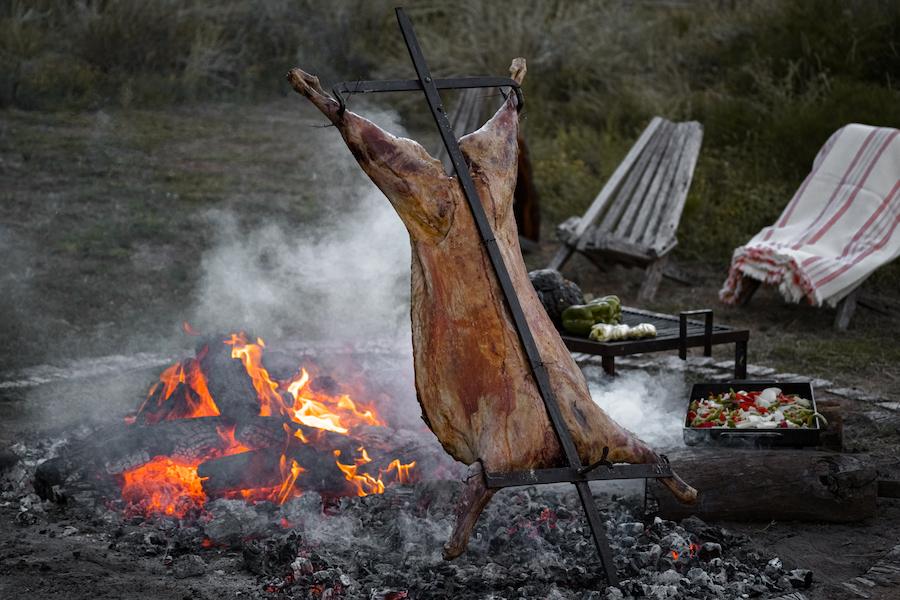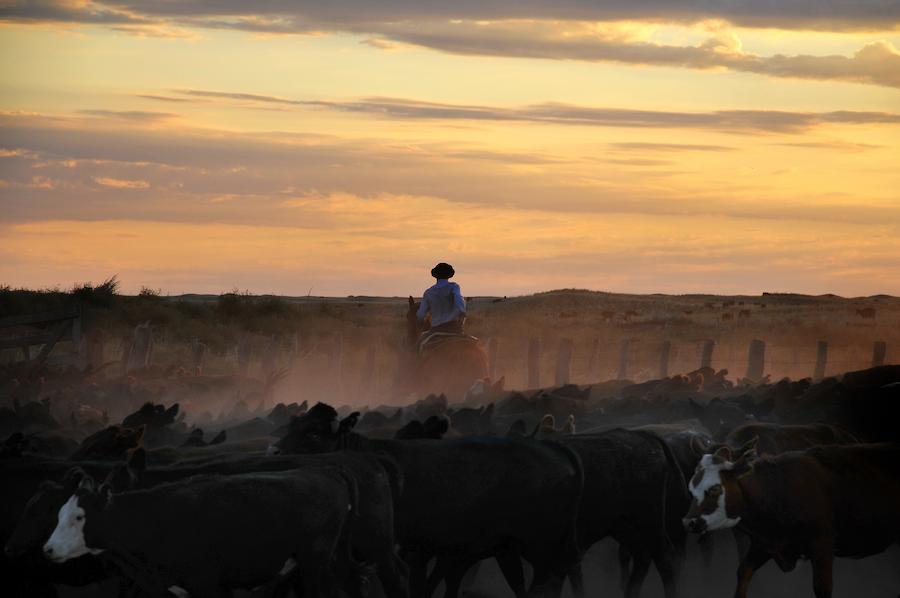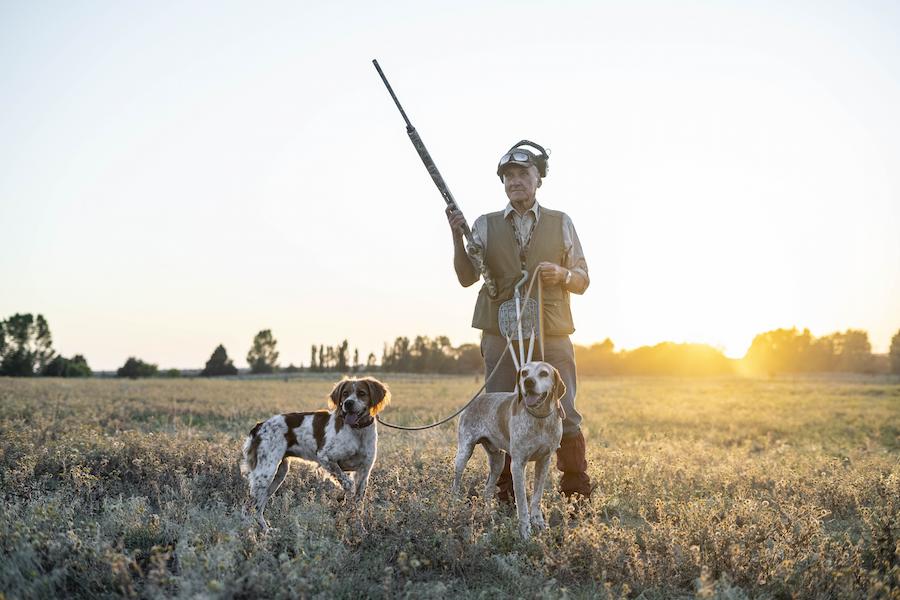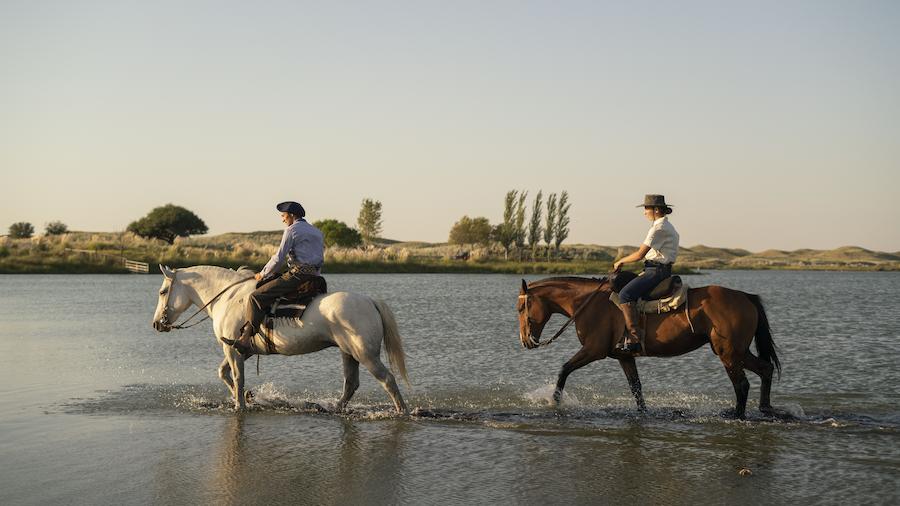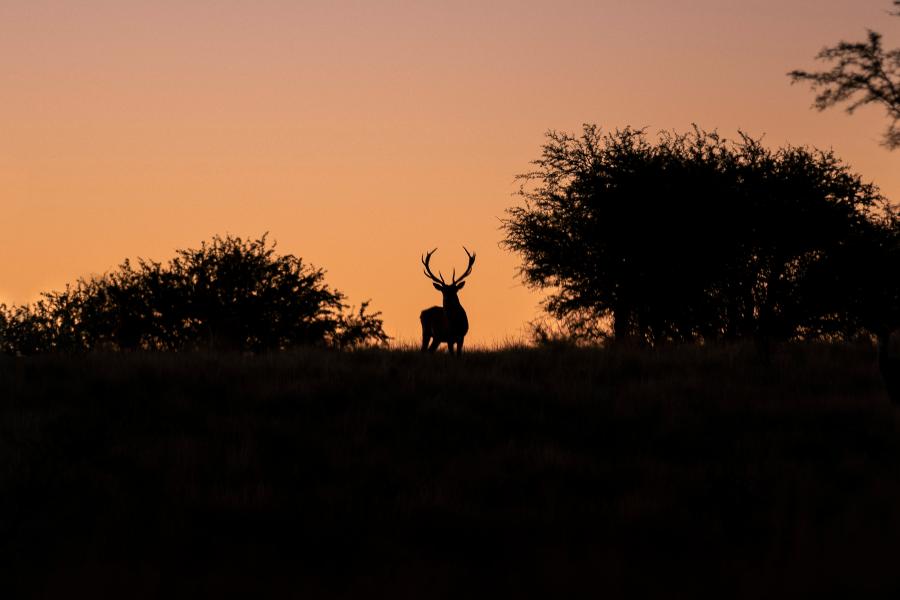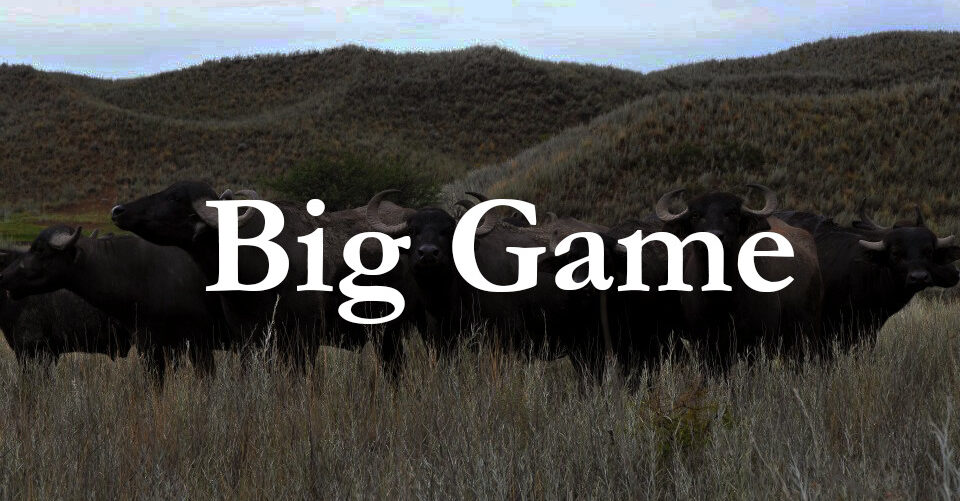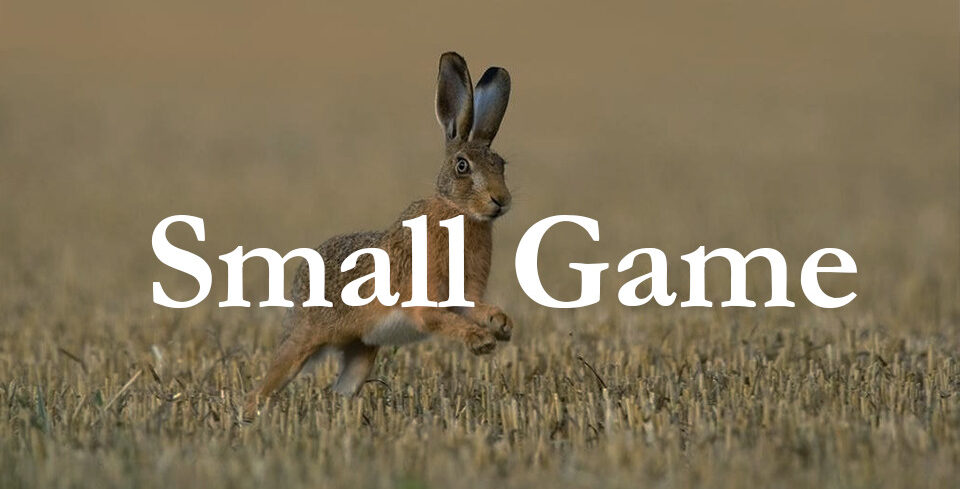When it comes to large, powerful animals, two of the most well-known are the water buffalo and the bison. Both of these creatures are iconic in their respective regions, with the water buffalo being a common sight in Asia and the bison being a symbol of the American West. But how do they compare to each other? In this article, we’ll take a closer look at the differences and similarities between water buffalo and bison.
Physical Characteristics
One of the most obvious differences between water buffalo and bison is their physical appearance. Water buffalo are large, heavy-set animals with a broad head and short, curved horns. They have a shaggy coat that can range from black to brown to gray, and they typically weigh between 1,100 and 2,200 pounds. Bison, on the other hand, are more compact and muscular, with a large hump on their shoulders and a shaggy, dark brown coat. They have short, curved horns that point upward and can weigh up to 2,000 pounds.
Habitat and Range
Another difference between water buffalo and bison is their habitat and range. Water buffalo are native to Asia, with populations found in countries such as China, India, and Vietnam. They are typically found near water sources such as rivers and swamps, and they are often used for agriculture and transportation. Bison, on the other hand, are native to North America and were once found throughout the continent. Today, they are primarily found in protected areas such as national parks and wildlife refuges.
Diet
Water buffalo and bison also differ in their diets. Water buffalo are herbivores and primarily feed on grasses, aquatic plants, and other vegetation. They are often used for grazing and are an important source of milk and meat in many Asian countries. Bison are also herbivores and primarily feed on grasses, but they are adapted to survive in harsher conditions than water buffalo. They can go for long periods without water and can survive on tough, dry grasses that other animals cannot digest.
Behavior
In terms of behavior, water buffalo and bison are both social animals that live in herds. Water buffalo herds can range in size from a few individuals to several hundred, and they are typically led by a dominant male. Bison herds are typically smaller, with a dominant male leading a group of females and their offspring. Both species can be aggressive when threatened or provoked, and they have been known to charge at humans and other animals.
Conservation Status
Finally, it’s worth noting that both water buffalo and bison have faced threats to their survival in recent years. Water buffalo are considered to be a domesticated species, and their populations are generally stable. However, some wild populations are endangered due to habitat loss and hunting. Bison, on the other hand, were nearly hunted to extinction in the 19th century, with only a few hundred individuals remaining by the early 1900s. Thanks to conservation efforts, their populations have rebounded somewhat, but they are still considered to be a vulnerable species.
Conclusion
In conclusion, water buffalo and bison are both impressive animals with unique characteristics and adaptations. While they share some similarities, such as their social behavior and herbivorous diets, they also differ in their physical appearance, habitat, and conservation status. Whether you’re a wildlife enthusiast or simply curious about these iconic creatures, there’s no denying that water buffalo and bison are fascinating animals that deserve our attention and respect.

